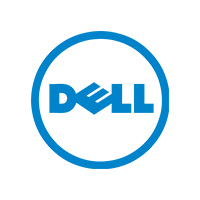On March 28th, 1995, Kodak released the DC40, which was one of the first consumer digital cameras sold in the market. While Apple's QuickTake 100 camera had already been introduced over a year before, Kodak's marketing efforts were largely responsible for popularizing digital photography.

Kodak had actually developed the world's first digital camera back in 1975, but it wasn't until 1995 that the technology became widely available to consumers with the release of the DC40. This groundbreaking innovation paved the way for the digital camera phenomenon that has resulted in over 40 percent of American households owning at least one digital camera by the end of 2004.
The DC40 was the second digital camera for the consumer market and worked with a home computer via a serial cable. Other digital cameras that were released around the same time included the Casio QV-11, with an LCD monitor, and Sony's Cyber-Shot Digital Still Camera (1996).
Kodak's aggressive co-marketing campaign to promote the DC40 helped introduce the idea of digital photography to the public. Collaborations with Kinko's, Microsoft, IBM, and Hewlett-Packard allowed customers to produce Photo CD Discs and photographs, add digital images to documents, and make color inkjet prints that complemented the new digital camera images.
The first digital camera, which was developed by Kodak in 1975, weighed 8.5 lbs and was the size of a toaster. It's amazing to see how far digital camera technology has come since then, and it's all thanks to trailblazing innovations like the Kodak DC40.
#cybersecurity #hacking #security #technology #hacker #infosec #ethicalhacking #cybercrime #tech #linux #cyber #hackers #informationsecurity #cyberattack #programming #malware #kalilinux #privacy #cybersecurityawareness #coding #datasecurity #dataprotection #python #ethicalhacker #hack #it #computerscience #pentesting #informationtechnology #business











